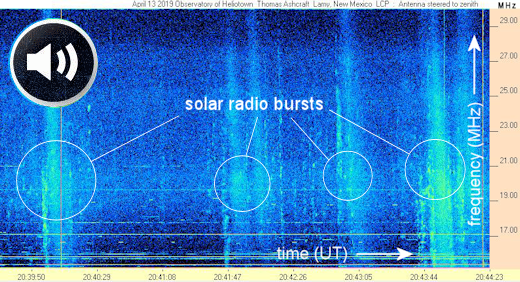William has sent in a link to Thunderbolts – on the black hole image. Thunderbolts reply and claim the ring of lighyt with a dark centre, somewhat like a liquorice allsort, is in fact a plasmoid – not a black hole. Go to www,thunderbolts,info/wp/2019/04/black-hole/ … which is one way of approaching the so called event horizon – a plasmoid captured ramping up charged particles, electrons spirally into the electromagnetic field giving off X-rays and radio emissions. It also makes sense for the galaxy to have the equivalent of the solar wind – but in a supermassive form. On a grander scale – pumping out electromagnetic energy just as the Sun pumps out a stream of plasma in our solar system. Has mainstream got it wrong? The Thunderbolts people think so.
The UK is in fact hjolding an Electric Universe conference again this year, in Bath. For details go to https://www.electricuniverseuk.eu/dynamic-earth-2019/ … for details from the organisers. Last year the conference was packed out.
At http://spaceweather.com on April 15th we had news that a big sun spot is producing shortwave radio noise – which sounds a bit like ocean surf. The sun spot is producing radio static caused by beams of electrons – in this instance, accelerated B class explosions in the sun spot's magnetic canopy. As the electron's slice through the sun's atmosphere they generate a ripple of plasma waves and radio emissions detectable on earth 93 million miles away. There have been a lot of these sounds over the last week, we are told, and they appear to be intensifying now that the sun spot is directly facing the earth. However, B class flares do not have the power to penetrate the earth's magnetosphere when the solar wind arrives in a few days time. What is interesting is the parallel with the so called black hole imaged as a result of radio emissions.

